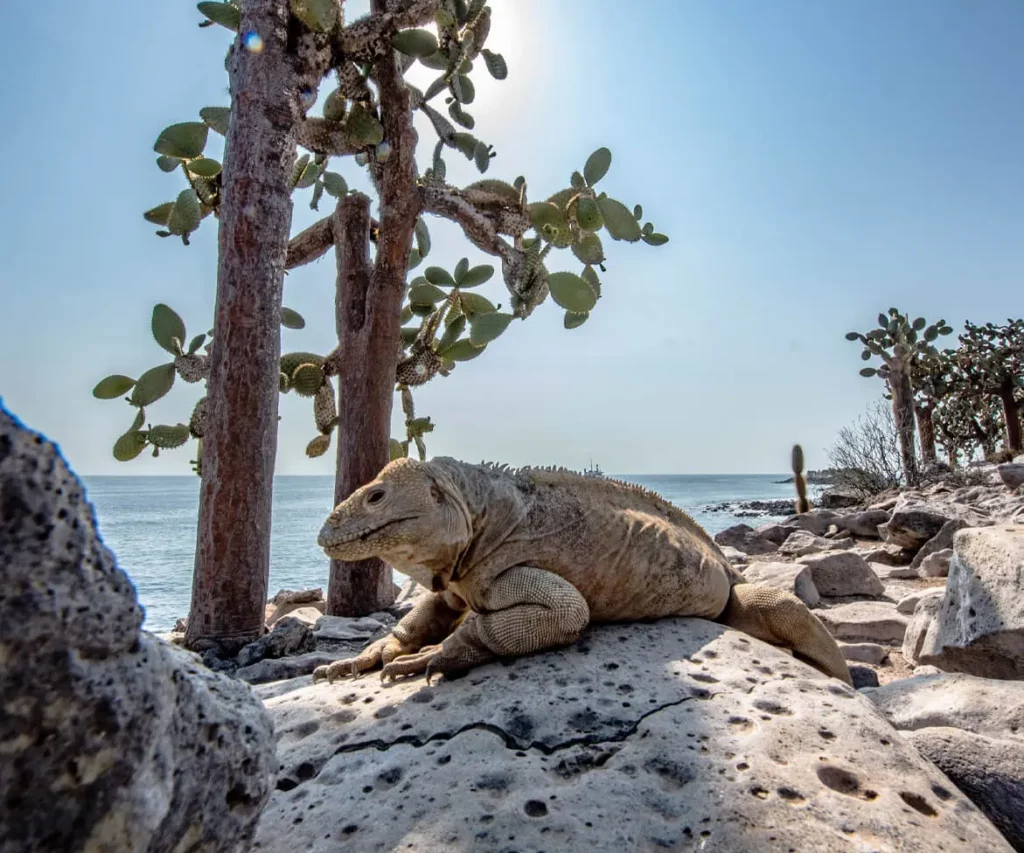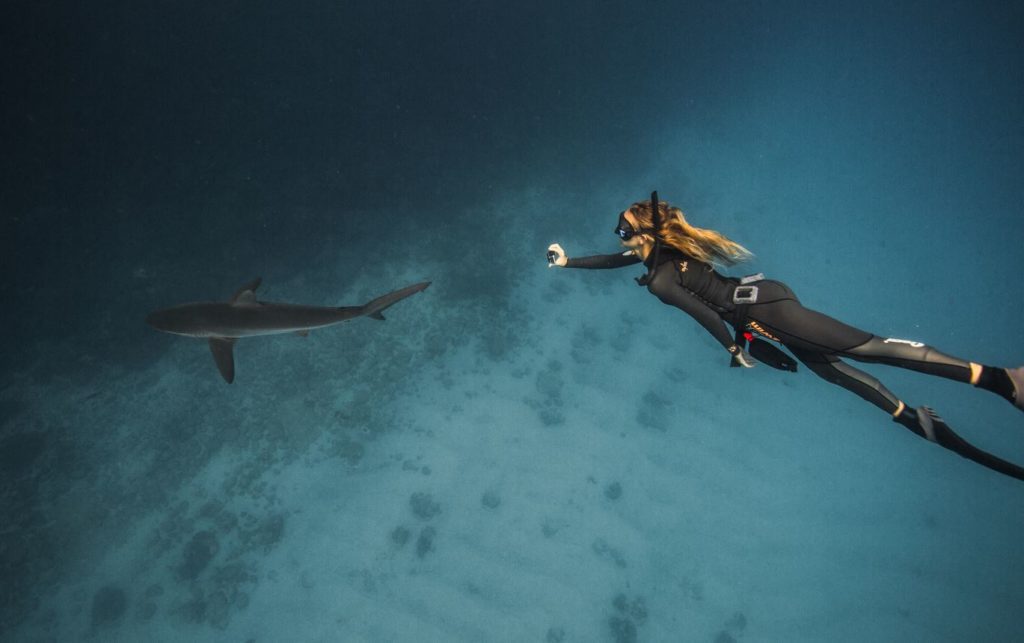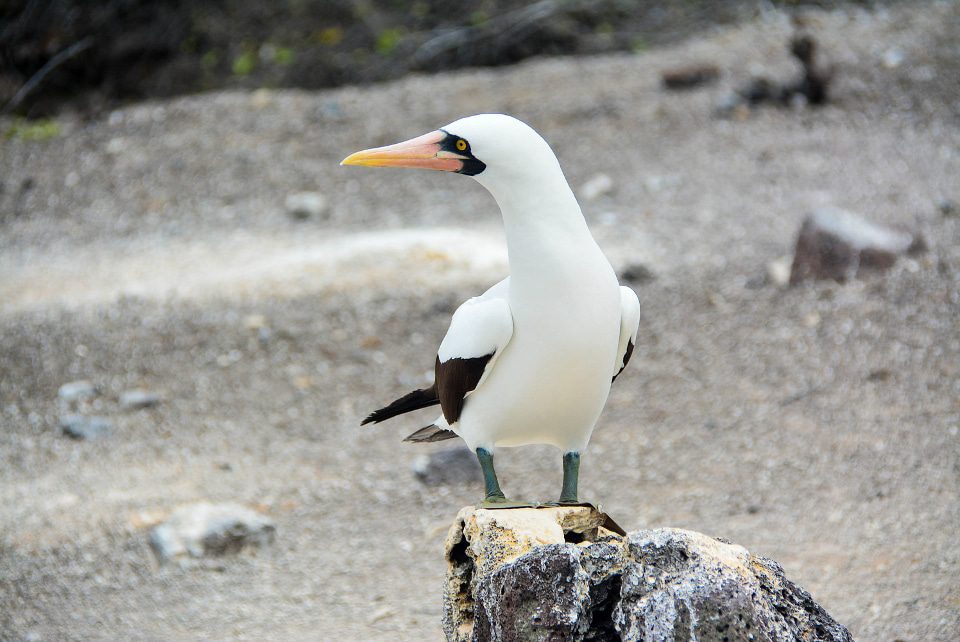The Galapagos Giant Tortoise is one of the most iconic species that inhabits the famed Galapagos Islands, and not without reason. Weighing up to 550 pounds and living for up to 150 years, this colossal reptile is one of the largest in the world and the longest-living vertebrate and is also very rare.
What many do not know, however, is that these magnificent animals once covered much of the world, inhabiting almost every continent from Asia to the Americas. Nevertheless, today, the Galapagos tortoise makes up one of just two groups of giant tortoise (the other located in the African archipelago of Seychelles). Likewise, there were once a quarter-of-a-million giant tortoises roaming the Galapagos Archipelago.
TALK TO A DESTINATION EXPERT
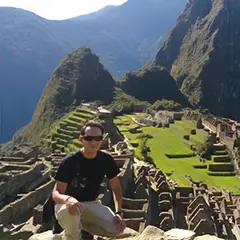
Diego Zapata

Rosa Mena

Sandy Lara

Diego Zapata

Rosa Mena

Sandy Lara
Evolution and subspecies
Of the 14 or 15 original species of giant tortoise that inhabited the Galapagos Islands, 11 remain in the archipelago. Although these groups vary quite significantly in size and shape, they can be roughly divided into two groups: saddleback shell and domed shell tortoises. Visitors to the islands will notice that the tortoises on the drier islands are smaller in size than those that inhabit larger islands with heavier rainfall. They may also be distinguished by their longer and thinner limbs, and saddleback carapaces (shells), which are elevated above the neck and reverted over the hind legs. On the other hand, those on the larger islands are bigger and have a clear dome-shaped shell.
These differences are easily explained by the distinct habitats. The drier islands have significantly less vegetation and low-lying plants; instead, there is an abundance of cacti, for example, which tend to produce fruit towards the top of the plant. Thus, the tortoises that were able to extend their necks upward (thanks to the raised shell) would have a distinct advantage over those that could not. This trait has been adapted by various subspecies throughout the islands, making it a very successful adaptation. On the other hand, the wetter islands have an abundant supply of flora and luscious ground cover, making the saddleback shell redundant; it actually increases the exposure of the tortoise’s body to predators.
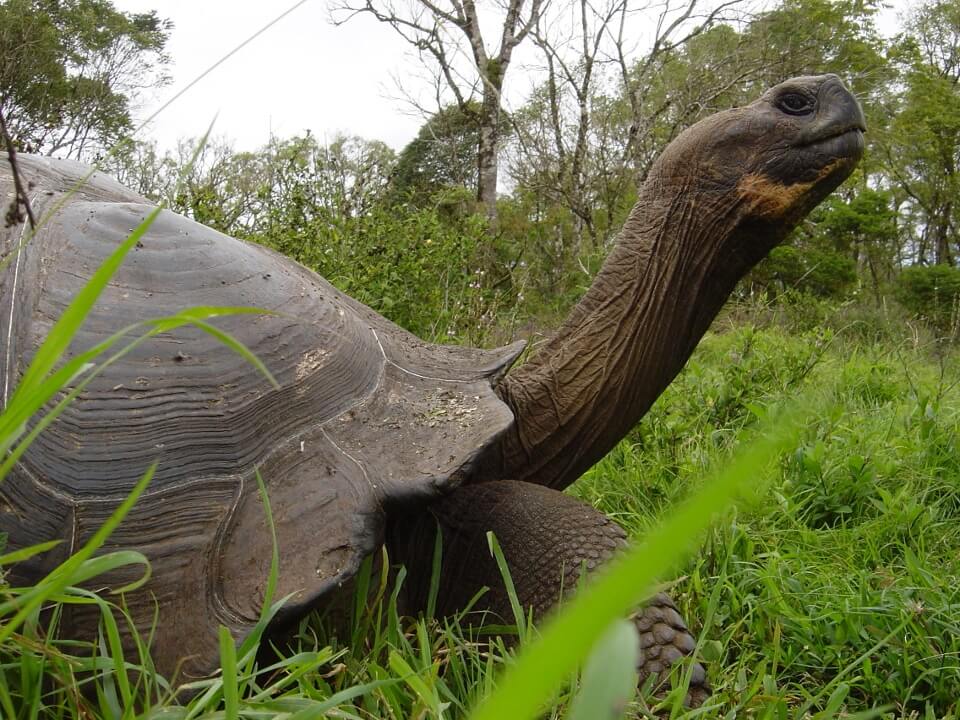
Behavior
The giant tortoise spends around 16 hours a day resting and, as they are cold-blooded, the majority of their time awake is spent lying in the sun to warm themselves. Furthermore, their average walking speed is just slightly under 0.2 ml./hour. However, considering their size, these animals can move surprisingly quickly if they have a purpose. In fact, tracked individuals have been known to travel 8 miles in 2 or 3 days (for example, when females are moving to the nesting grounds).
The tortoises have even developed a mutualistic relationship with Galapagos birds in order to receive their very own bath, so to speak. Small birds such as Darwin’s finches and Vermillion Flycatchers can often be seen perched on the tortoise’s shell, waiting to feast. The birds dance in front of the giants, signaling that they are ready to eat, at which point the tortoise will extend its neck and extremities so that the bird may feed on the ticks hidden in the folds of its skin, between its toes, around its head, and other areas otherwise inaccessible to the tortoise.

Javier Garcia

Eduardo Silva

Carolina Escobar
START PLANNING YOUR TRIP

Javier Garcia

Eduardo Silva

Carolina Escobar
Get in touch for more
CONTACT US
